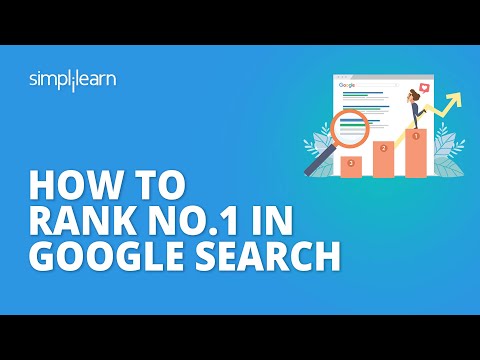
How to Use Behavioral SEO to Dominate Search Results
Behavioral SEO is a powerful strategy that focuses on understanding and optimizing for user behavior to improve search engine rankings. By analyzing how users interact with your website, you can make data-driven decisions to enhance their experience and boost your SEO performance. In this article, we’ll explore how to leverage behavioral SEO to dominate search results.
1. Understand User Intent
User intent is the foundation of behavioral SEO. It refers to the reason behind a user’s search query and what they hope to achieve. There are three main types of user intent: informational, navigational, and transactional. Understanding these intents allows you to create content that aligns with what users are looking for.
For example, if a user searches for “best running shoes,” they are likely in the research phase and looking for informational content. Create detailed product comparisons, reviews, or buying guides to satisfy this intent. By aligning your content with user intent, you can improve relevance and rankings.
2. Analyze User Engagement Metrics
User engagement metrics, such as bounce rate, time on page, and pages per session, provide valuable insights into how users interact with your website. High bounce rates and low time on page may indicate that your content isn’t meeting user expectations or is difficult to navigate.
Use tools like Google Analytics to track these metrics and identify areas for improvement. Optimize your content for readability, use clear calls-to-action, and ensure your website is easy to navigate. Improving user engagement signals to search engines that your content is valuable, leading to better rankings.
3. Optimize for Click-Through Rate (CTR)
Click-through rate (CTR) is a key behavioral metric that measures how often users click on your search listings. A high CTR indicates that your title tags and meta descriptions are compelling and relevant. To improve CTR, craft attention-grabbing titles and descriptions that include primary keywords and a clear value proposition.
Use tools like Google Search Console to monitor your CTR and experiment with different titles and descriptions. A/B testing can help you identify what works best for your audience. Higher CTRs not only drive more traffic but also signal to search engines that your content is relevant and valuable.
4. Leverage Heatmaps and Session Recordings
Heatmaps and session recordings provide visual insights into how users interact with your website. Heatmaps show where users click, scroll, and hover, while session recordings capture individual user sessions. These tools help you identify usability issues and optimize your website’s layout and design.
For example, if heatmaps show that users aren’t clicking on important calls-to-action, you may need to make them more prominent. Use tools like Hotjar or Crazy Egg to gather this data and make data-driven design decisions. Improving usability enhances user experience and boosts SEO performance.
5. Personalize User Experiences
Personalization is a growing trend in SEO that involves tailoring content and experiences to individual users. By leveraging data such as location, browsing history, and preferences, you can create personalized experiences that resonate with your audience.
For example, an e-commerce website can recommend products based on a user’s past purchases or browsing behavior. Personalization increases engagement and encourages users to spend more time on your website, signaling to search engines that your content is valuable.
6. Improve Site Speed and Performance
Site speed is a critical factor in user behavior and SEO. Slow-loading websites frustrate users and increase bounce rates, negatively impacting your rankings. Use tools like Google PageSpeed Insights to identify performance bottlenecks and implement fixes such as optimizing images, enabling browser caching, and minimizing CSS and JavaScript files.
Consider using a Content Delivery Network (CDN) to distribute your content across multiple servers globally, reducing load times for users in different regions. Faster websites not only rank higher but also provide a better user experience, leading to higher conversions and engagement.
7. Encourage User-Generated Content
User-generated content (UGC), such as reviews, comments, and social media posts, is a powerful way to boost engagement and SEO. UGC provides fresh, relevant content that search engines love, while also building trust and credibility with your audience.
Encourage users to leave reviews, participate in discussions, and share their experiences on social media. Highlight UGC on your website to showcase social proof and encourage more participation. By leveraging UGC, you can create a dynamic, engaging website that ranks well in search results.
In conclusion, behavioral SEO is a data-driven approach that focuses on understanding and optimizing for user behavior. By analyzing user intent, engagement metrics, and usability, you can create a website that not only ranks well but also provides an exceptional user experience. Implement these strategies to dominate search results and drive more organic traffic to your website.




![Roblox Digital Gift Card - 2,500 Robux [Includes Exclusive Virtual Item] [Digital Code]](https://nbanner.link/img/B07RX6FBFR.jpg)